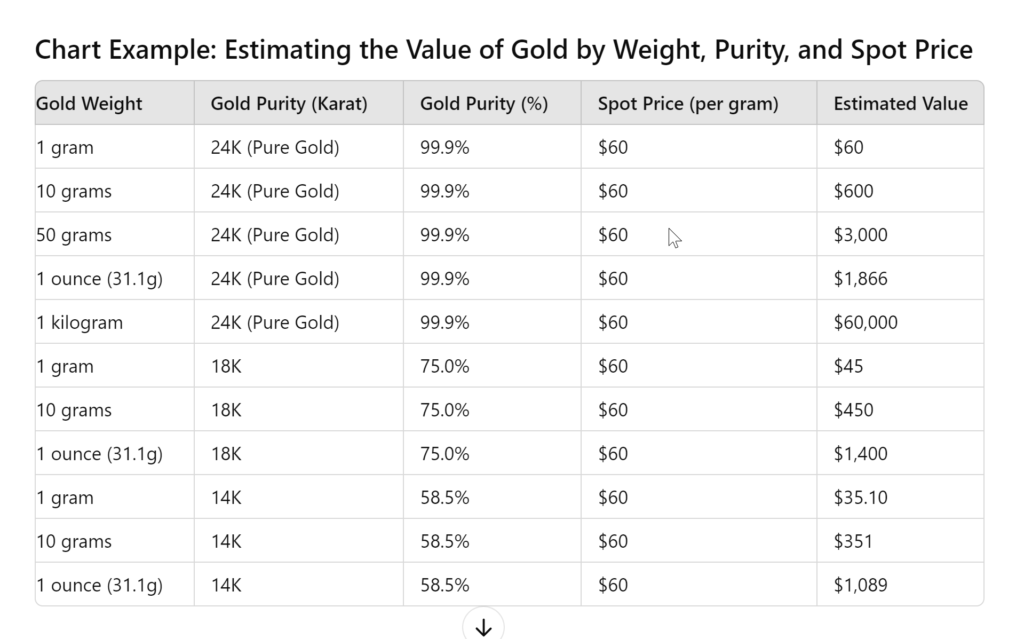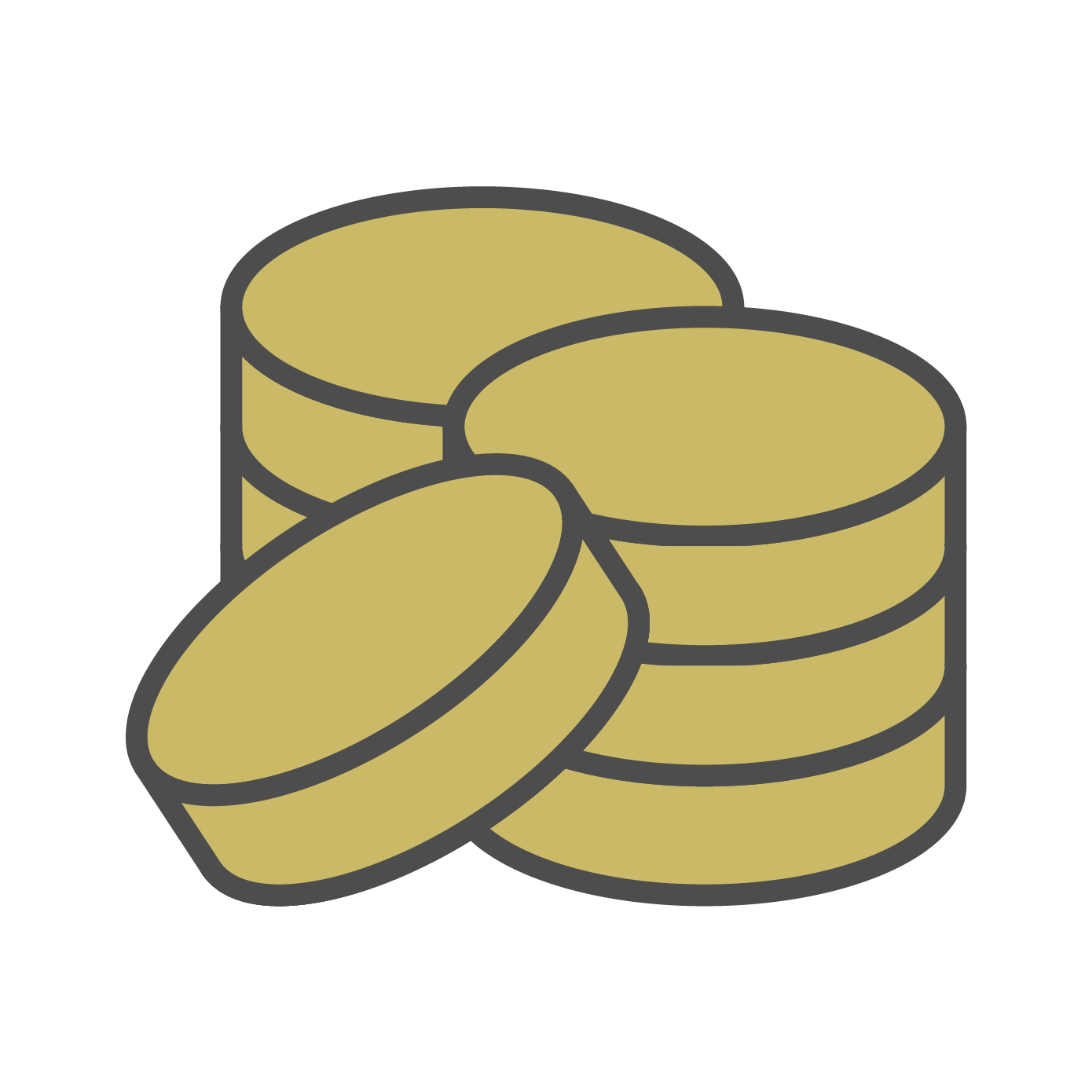Importance of Gold Weight

The Importance of Gold Weight in Buying and Selling Gold
When it comes to buying and selling gold, weight is one of the most critical factors that determine its value. Gold weight plays a significant role in pricing, purity assessment, and investment decisions. Whether you’re purchasing gold jewelry, bullion, or coins, understanding how gold weight affects your transaction is key to making informed choices.
Why Gold Weight Matters
1. Direct Impact on Price
The price of gold is usually quoted per ounce, gram, or kilogram, depending on the region. The heavier the gold item, the more it will cost. For instance, a 10-gram gold bar will be priced higher than a 1-gram bar due to the amount of gold content it holds.
Prices fluctuate based on the current spot price of gold, but the weight always directly correlates to the final price. This is why accurate measurements of gold are essential in any transaction.
2. Gold Purity and Weight
The purity of gold is often measured in karats or fineness, and this affects its weight-to-value ratio. Pure gold (24K) is softer and less dense than lower karat gold mixed with other metals. However, the weight of pure gold is higher in value per gram than lower karat gold. When buying gold, you must consider both the weight and the purity to assess the true value of the item.
3. Investment Decisions
For investors, the weight of gold plays a pivotal role in their portfolios. Gold bars, coins, and other forms of bullion come in various weights, such as 1 ounce, 10 grams, or 1 kilogram. Investors often prefer heavier gold items because they offer more value in a single purchase, although smaller weights can be more liquid and easier to sell.
4. Liquidity and Resale Value
Gold weight also affects how easily an item can be sold or traded. Heavier gold bars or larger coins might be harder to liquidate compared to smaller denominations. For instance, a 1-kilogram gold bar requires a buyer willing to make a significant investment, while a 10-gram bar or a 1-ounce coin can be sold more easily to a broader audience.
Understanding Gold Weight: An Example
To illustrate the importance of gold weight, refer to the chart below, which shows how gold weight affects its value at varying purity levels and spot prices. By using this chart, buyers and sellers can estimate the potential value of gold items based on their weight:

How to Read the Chart:
- Gold Weight: The mass of the gold item.
- Gold Purity: Expressed in karats and percentage. 24K is pure gold, while lower karats are gold mixed with other metals.
- Spot Price: The current market price for 1 gram of pure gold.
- Estimated Value: The value of the gold item is based on its weight and purity.
Example Use Cases:
- If you have a 1-ounce, 24K gold coin, you can estimate its value by multiplying the weight by the spot price ($60/gram) to get $1,866.
- If you’re selling a 10-gram 18K gold necklace, its estimated value will be $450.
Weight Conversion Chart:

The Gold Buying Facts . . .
The weight of gold is an essential factor in determining its value and liquidity. Whether you’re purchasing gold for investment or personal use, understanding the relationship between gold weight, purity, and market price can help you make smarter, more profitable decisions. Be sure to weigh your options carefully and refer to accurate measurements and pricing guides when buying or selling gold.
For more insights on gold investment and how it can benefit you, visit goldbuyingfacts.com, your trusted source for expert advice and up-to-date information.
